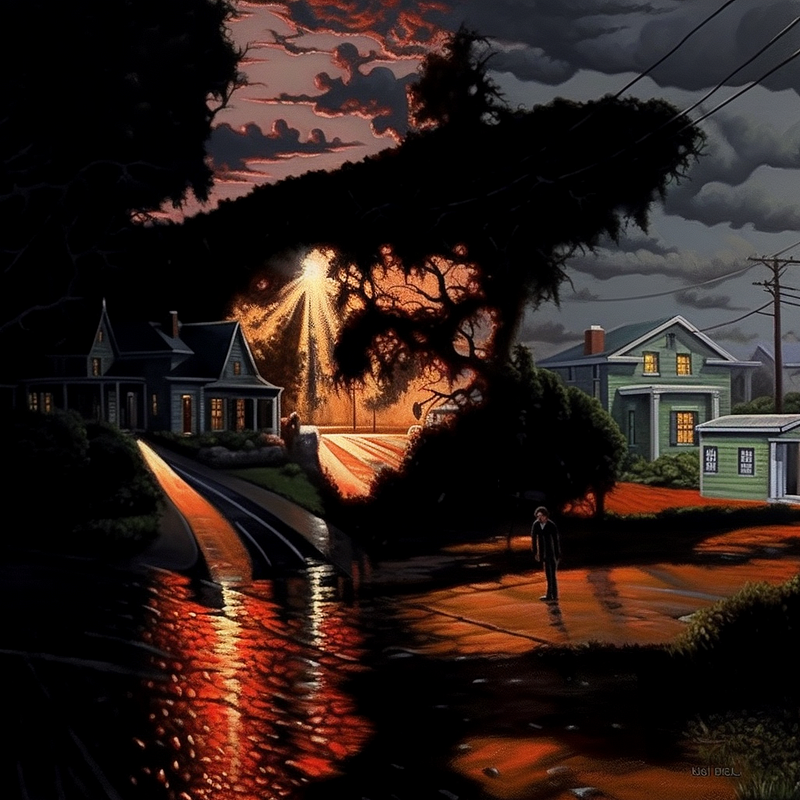Unlocking Hidden Faces in AI Art: A Creative Journey
Written on
Chapter 2: The Science Behind Pareidolia
The phenomenon of perceiving familiar patterns, particularly faces, in unrelated objects is called pareidolia. It’s that quirky instinct that might have led you to see a smiley face in your breakfast pancake. This isn’t merely a passing trend; it’s a fundamental aspect of our cognitive processes.
Pareidolia stems from how our brains interpret information. We are programmed to recognize faces, often perceiving them where they don’t exist. It serves as a survival mechanism, helping us connect and comprehend the world around us. As Carl Sagan famously stated, “As soon as the infant can see, it recognizes faces, and we now know that this skill is hardwired in our brains.”
Now that we’ve explored this concept, how can we harness it to create captivating illusions?
The first video, "How To Create Hidden Faces (Pareidolia) In Midjourney (NO PHOTOSHOP) - Detailed Tutorial," dives into techniques for crafting these fascinating portraits.
The Step-by-Step Process
Alright, eager creators, let’s get started! The process is quite straightforward, and with some practice, you’ll be able to showcase a collection of mesmerizing portraits.
- Start Blurry: Use MidJourney to create a portrait, incorporating the parameter “—stop 20” into your prompt. Stopping the rendering at 20% yields a blurry image, which will serve as the foundation for your hidden face.
- Reroll for Perfection: Aim to generate an image that appears washed out or sketchy. You want it recognizable but not overly detailed. Keep rerolling until it’s just right—this may take time, so don’t hesitate to take snack breaks.
- Enhance and Vary: Upscale your initial blurry image, then click the “Vary (subtle)” option. Now, prompt for a scene that includes both fine and broad details, such as trees or rugged rock formations. Remember to remove the “stop” parameter to allow MidJourney to complete the generation. My first attempt resembled a distorted Picasso, but persistence is key!
Bonus Tip: Utilize “Vary (region)” to adjust your MidJourney images for finer details. However, don’t go overboard—keeping some ambiguity is essential for the optical illusion to work.
As Halloween approaches, I decided to create pareidolia images featuring some of my favorite spooky characters. Enjoy!
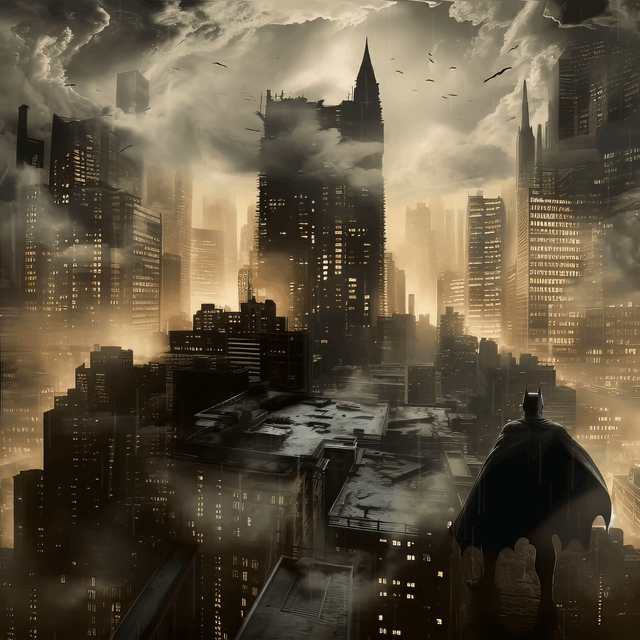

Explore the Dark Knight and Gotham Skyline
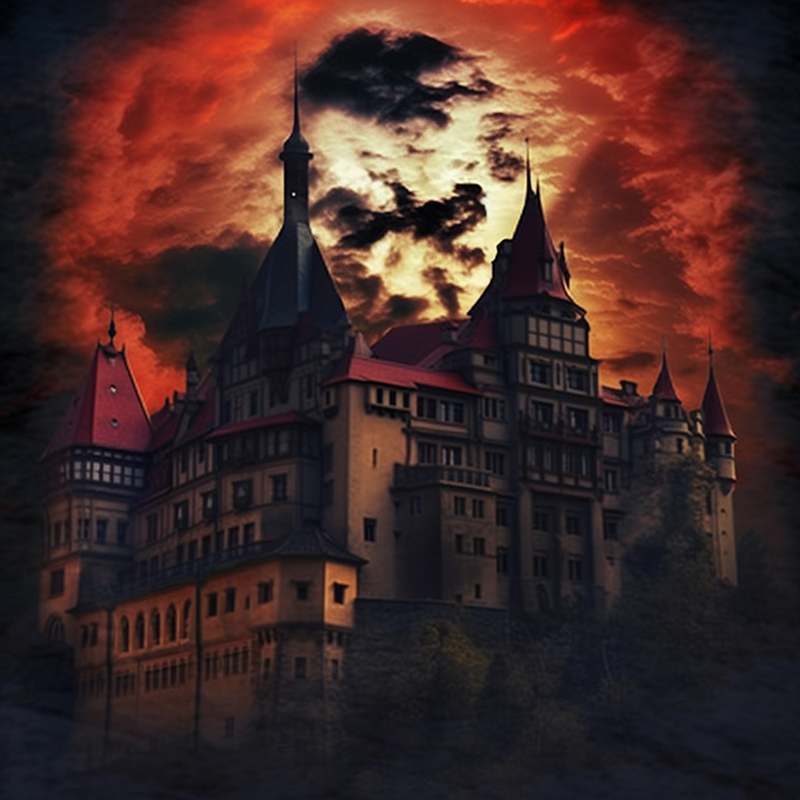
Dracula and Castle Bran:
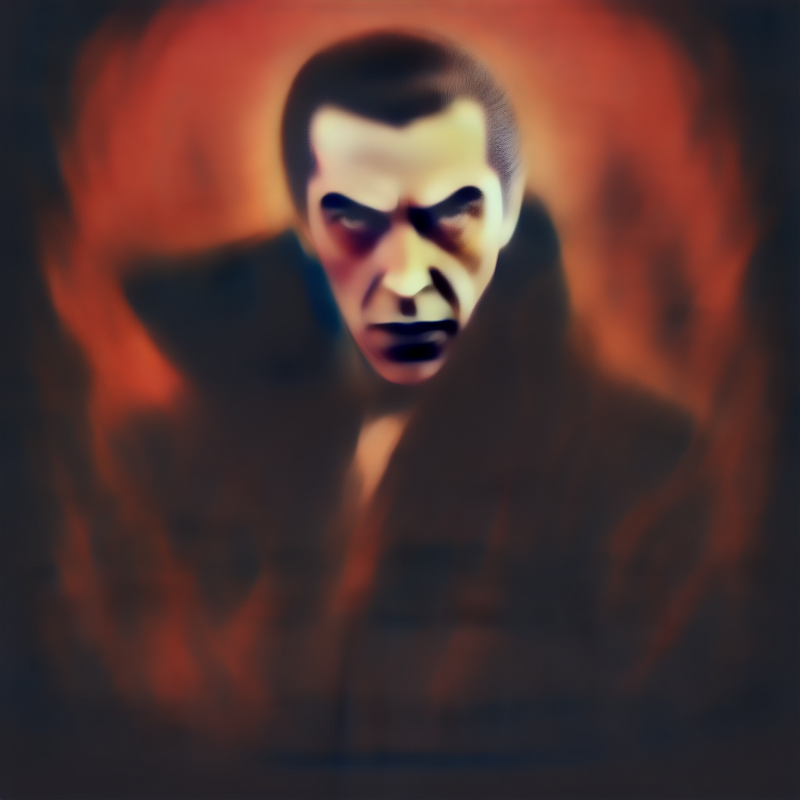
Frankenstein’s Monster and Gothic Castle:

Wednesday Addams and her Spooky House:
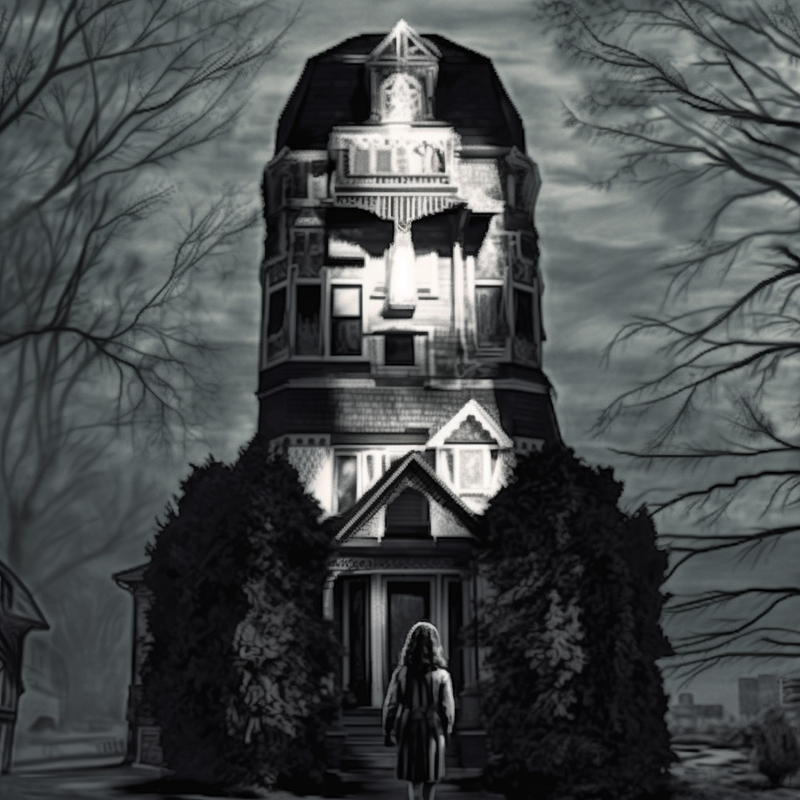
The Phantom of the Opera and Palais Garnier:
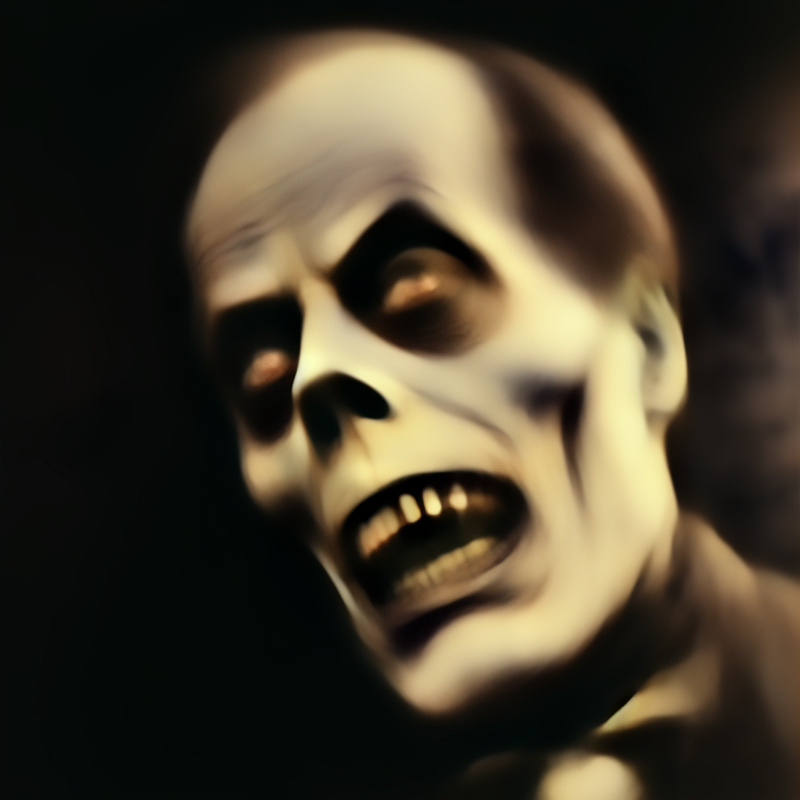
Freddy Krueger and Elm Street:
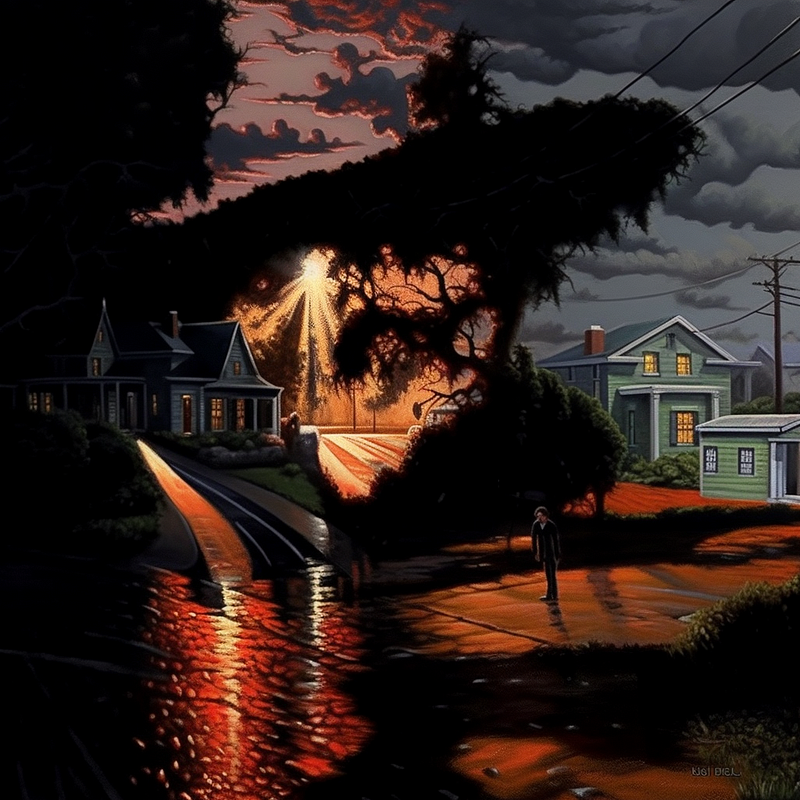
With these prompts for creating hidden face portraits, I must warn you: once you start, it’s tough to stop! If you find yourself at 2 AM still working on fitting the Joker into a bustling city scene, don’t say I didn’t warn you!
Special thanks to Amanda Weston for the insightful tips and keeping me updated on trends, and to Joshua Quinn for sharing his MidJourney techniques.
Now, are you ready to dive into this creative adventure?
This fusion of art and psychology opens doors to uncharted creative territories. Pareidolia portraits are not just images; they reflect our inner psyche, playfully blurring the lines between reality and imagination.
Whether you’re gazing at clouds or AI-generated images, the world is full of concealed faces, waiting for a discerning eye to uncover them!
What will you find hiding in the shadows of your imagination? If you spot more faces concealed in landscapes, I’d love to hear about it! Share your creations in the comments, and don’t forget to subscribe to stay updated with the latest in digital creativity.
Until next time, keep exploring your artistic side, and remember—every image tells a story… sometimes featuring a hidden face.
The second video, "Midjourney DUAL IMAGE Effect! (Create hidden faces / pareidolia)," explores additional techniques for achieving this stunning visual effect.
